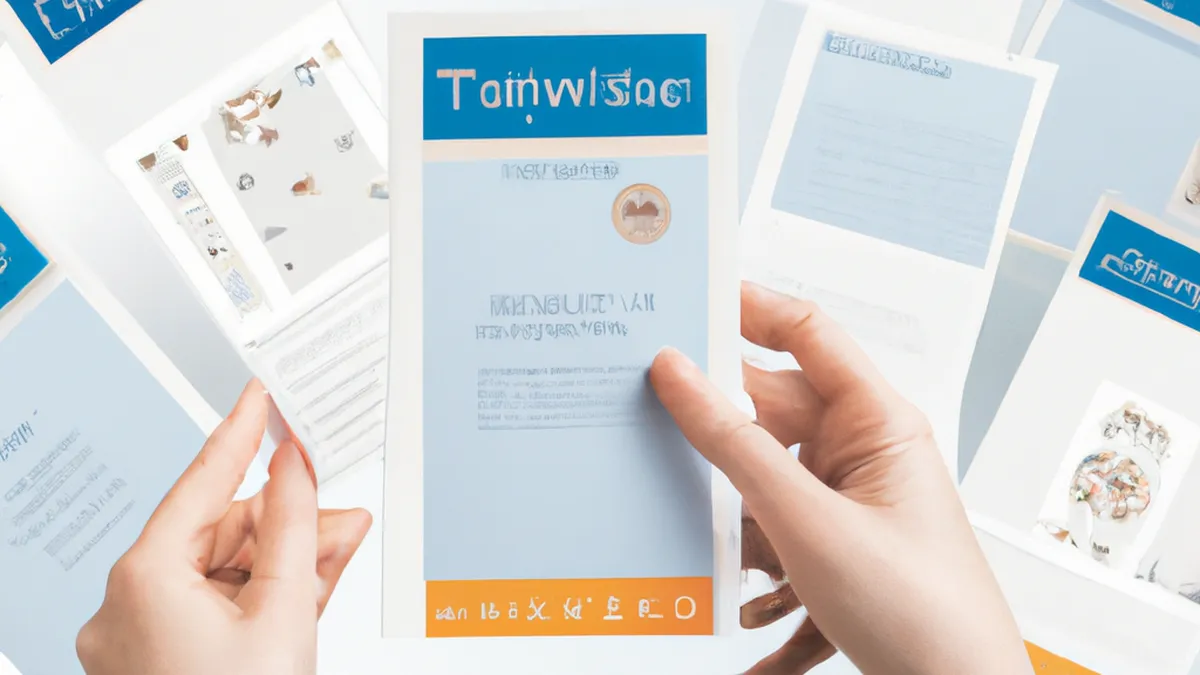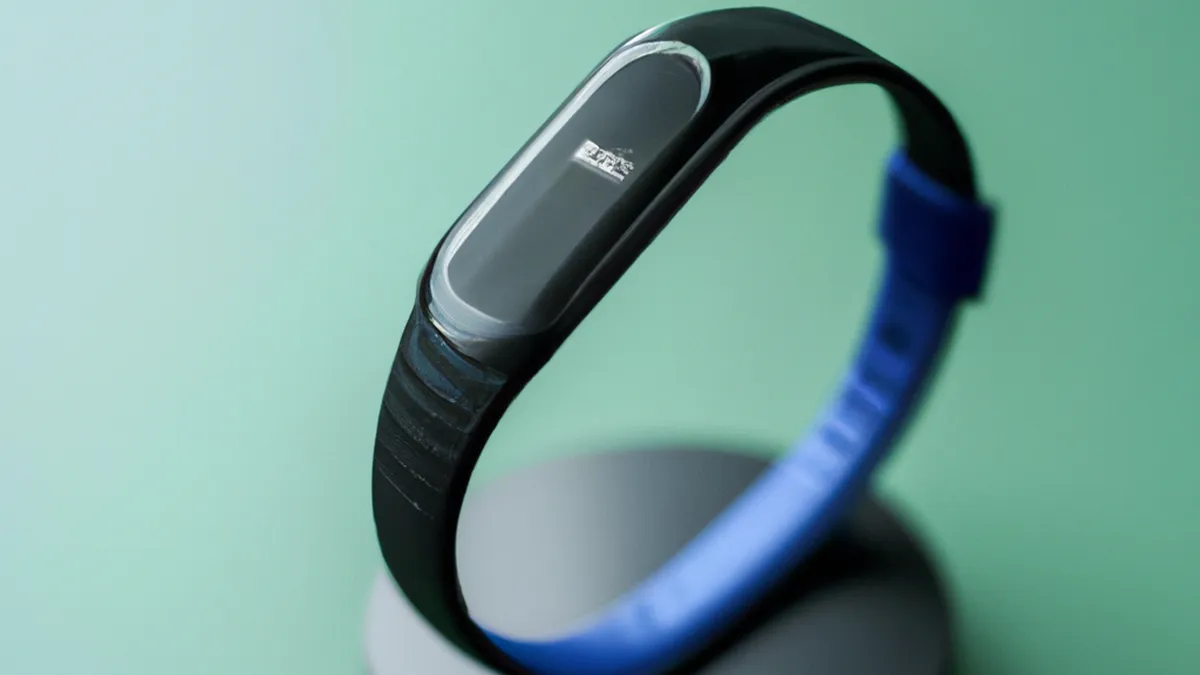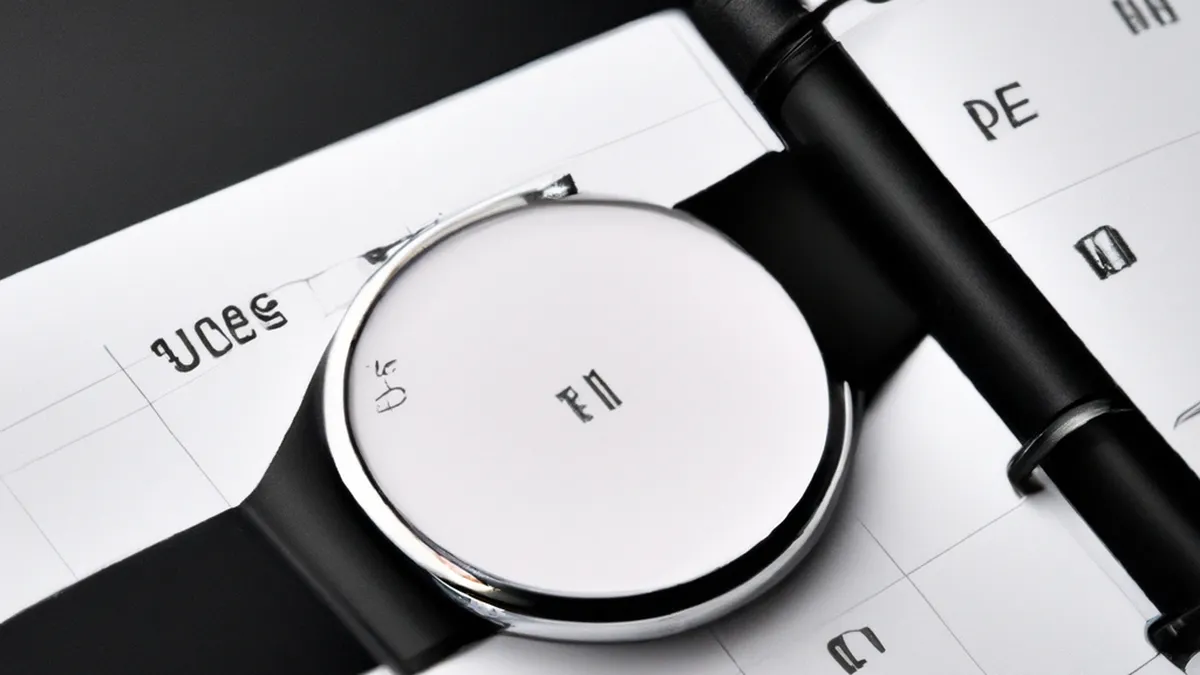Hydrotherapy Benefits for ACL Patients
Rehabilitation Protocols for ACL InjuriesACL injuries often occur in sports, particularly in high-impact activities with sudden stops and direction changes. These injuries frequently require surgery followed by a robust rehabilitation program. A structured rehabilitation protocol can enhance recovery and help athletes regain strength, flexibility, and stability. This blog outlines effective strategies for healing and restoring function after an ACL injury.
Understanding ACL Rehabilitation
Rehabilitation after an ACL injury plays a vital role in recovery. The main goals include reducing pain and swelling, restoring range of motion, and improving strength. Rehabilitation typically occurs in phases, each with specific objectives and exercises to promote healing.
Phase 1: Early Recovery
The early recovery phase starts immediately after ACL surgery and lasts up to two weeks. Key goals include managing pain and swelling while restoring range of motion. Follow these essential strategies:1. **Rest and Ice**: Rest is crucial for initial healing. Avoid putting weight on the affected leg. Apply ice packs for 20 minutes every two hours to reduce swelling and pain.2. **Elevation**: Keep the injured leg elevated above heart level to decrease swelling. This position promotes venous return and reduces fluid buildup.3. **Gentle Range of Motion Exercises**: Initiate gentle movements, such as heel slides and ankle pumps. These exercises promote circulation and maintain mobility without stressing the knee. Aim for gentle flexion and extension to prevent stiffness.4. **Strengthening Exercises**: Start isometric exercises for the quadriceps and hamstrings. Contract the muscles without moving the joint to maintain muscle tone and prevent atrophy. Perform these exercises multiple times daily.
Phase 2: Intermediate Recovery
The intermediate recovery phase begins around two to four weeks post-surgery. Focus on improving strength and range of motion. Follow these essential tips for this stage:1. **Increase Range of Motion**: Work towards full knee extension and flexion. Use a stationary bike to enhance movement without straining the knee. Gradually increase resistance as tolerated.2. **Strength Training**: Introduce weight-bearing exercises. Incorporate simple squats and lunges into your routine. Start with body weight and progress to light weights as you become more comfortable.3. **Balance Training**: Add balance exercises to your routine. Use a balance board or perform single-leg stands to enhance stability and proprioception, crucial for returning to sports.4. **Continue Stretching**: Regularly stretch the hamstrings, quadriceps, and calves to maintain flexibility.
Conclusion
As an Amazon Associate I earn from qualifying purchases.
Gear tip: consider usb microphone, ring light, and phone tripod to support this topic.
In summary, following structured rehabilitation protocols significantly aids recovery from ACL injuries. These strategies promote healing and restore function effectively.
Below are related products based on this post:
FAQ
What are the main goals of ACL rehabilitation?
The main goals of ACL rehabilitation include reducing pain and swelling, restoring range of motion, and improving strength. Each rehabilitation phase targets specific objectives to enhance recovery and promote healing.
What should I do during the early recovery phase after ACL surgery?
During the early recovery phase, it’s essential to manage pain and swelling while restoring range of motion. Key strategies include resting the leg, applying ice packs, keeping the leg elevated, and performing gentle range of motion and isometric strengthening exercises.
How can I improve strength and range of motion in the intermediate recovery phase?
In the intermediate recovery phase, focus on increasing range of motion and incorporating strength training. Use a stationary bike for movement, add weight-bearing exercises like squats and lunges, and include balance exercises to enhance stability and proprioception.















Post Comment